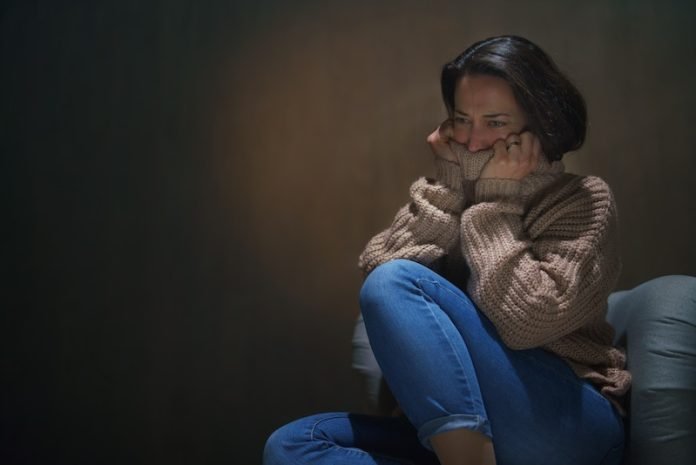
Some people still at imminent risk of suicide leave hospital to be cared for at home by their partner.
So their partner becomes their carer. That person is then on alert for extended periods of time for future suicide attempts.
This is all while helping with their loved one’s medication, liaising with health professionals, working or looking after other family members.
But there’s hardly any advice for carers on how to do “suicide watch” at home. Partners can be left to improvise, leading to high levels of distress.
In a recent disclosure, one woman described how she tied herself to her suicidal partner for nine days before finding help for him.
We’re social workers with a special interest in grief, and preventing suicide and related distress. Here’s what can help while doing “suicide watch” at home and how to get support.
Left to cope
We’ve conducted our own research into available supports for family carers with a loved one at home who’s at risk of suicide.
What we’ve found so far is that mental health services often provide surveillance for people in their facilities who are at risk of taking their lives.
But there’s not always enough beds in crisis wards, space in emergency departments or culturally safe care available.
This means partners, family and friends are left to provide practical surveillance at home.
A 2020 report we prepared for the Prime Minister’s National Suicide Prevention Adviser described carers’ experiences.
Carers told us they felt ill-equipped when asked, or felt they had to do “suicide watch”, given the gravity of the situation.
Often carers were told by health professionals, while waiting for crisis care, or when discharged after the immediate suicide crisis had subsided, to keep an eye on the person at all times.
They were also told to check for access to means of suicide to keep the house “safe”.
The effect of the intense monitoring meant carers, who did have to leave the house to go to work or to seek their own support, had to ask friends and extended family to take on, or help with, surveillance duties.
Carers in this situation are a distinct group of people who need support and resources. That’s because their role complements the work of crisis and community mental health services.
But when we looked at what was available for them online – clear and logical information about how to keep an eye on a person – we couldn’t find any single Australian resource that identified the practical aspects of doing “suicide watch” at home.
What practical things might help?
Here are some practical tips, mainly based on what carers say works:
talk to the person you are caring for, using some of these conversation starters. These conversations will help shape how you might keep an eye on them, with their consent
ensure you have consent from the person you are caring for to speak to their GP, or treating team and know the phone numbers for crisis mental health when your concern levels rise
start a conversation with the person about developing a safety plan, which may change over time.
This will help you understand what the possible risks might be in the home. You can then support that person to enact their safety plan, empowering them and yourself
lock medication cupboards, remove access to toxic substances, or any other means that might place a person at risk. This can increase safety in the short term
sleep close to the person’s room. Go to them if they call out or if you are concerned about how they are coping
reach out to other people in your family or friend network to say you are keeping an eye on a loved one. This may help share the tasks and give you some time out. Carers have a right to look after their own needs, alongside caring for a family member or friend.
What needs to happen next?
Vague directives to carers to “just keep an eye on them” until care arrives, or services become available, can make people feel ill-equipped and unsupported when providing care at home.
No-one should have to tie themselves to their loved one for nine days to remain vigilant about the risk of suicide until accessing help.
We also need longer-term practical and emotional supports for carers, beyond immediate advice on how to do “suicide watch” at home. We need adequate health funding to do this.
Written by Sarah Wayland, Myfanwy Maple. The Conversation.
If you care about depression, please read studies about how dairy foods may influence depression risk, and B vitamins could help prevent depression and anxiety.
For more information about mental health, please see recent studies that ultra-processed foods may make you feel depressed, and extra-virgin olive oil could reduce depression symptoms.



